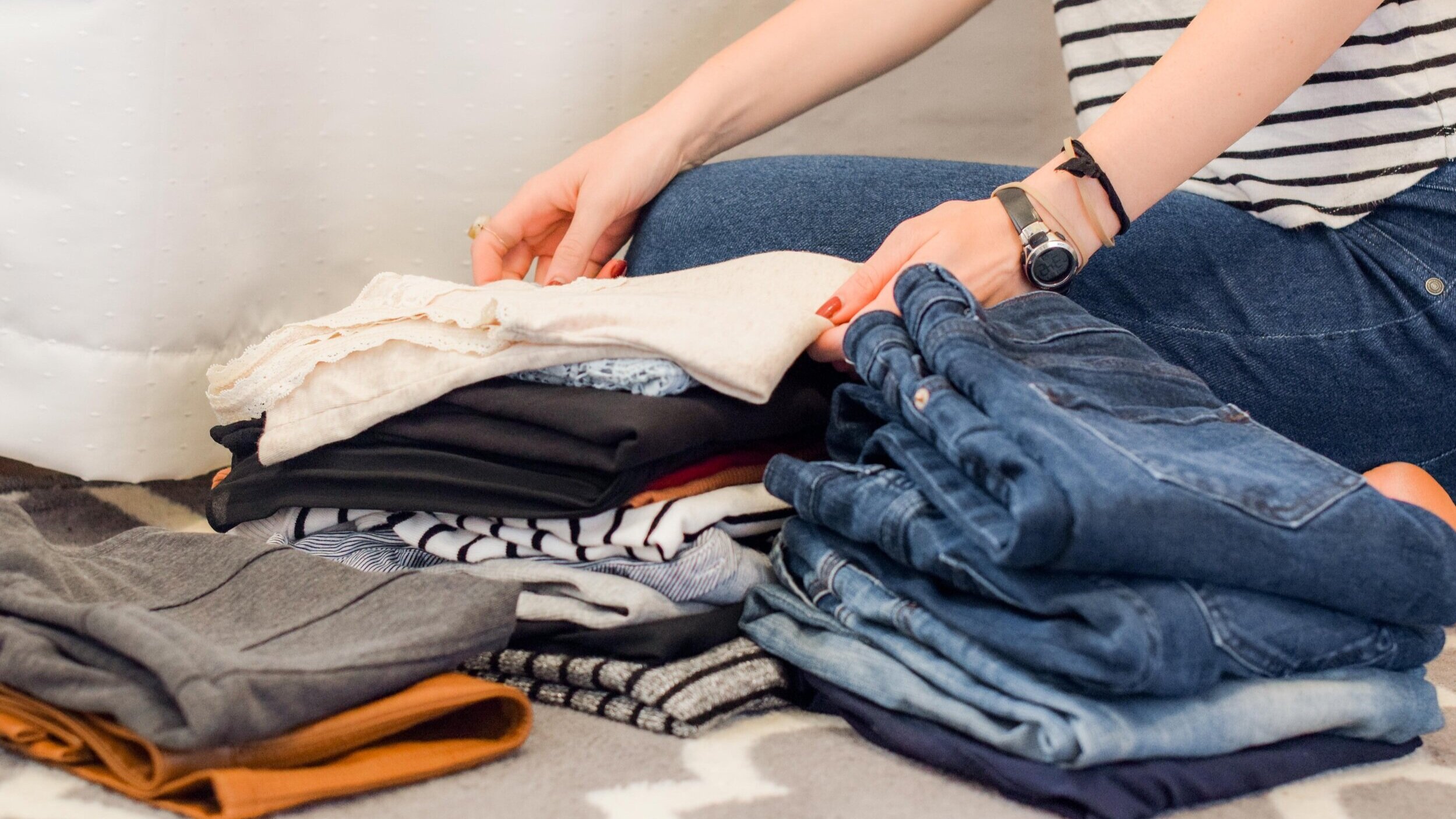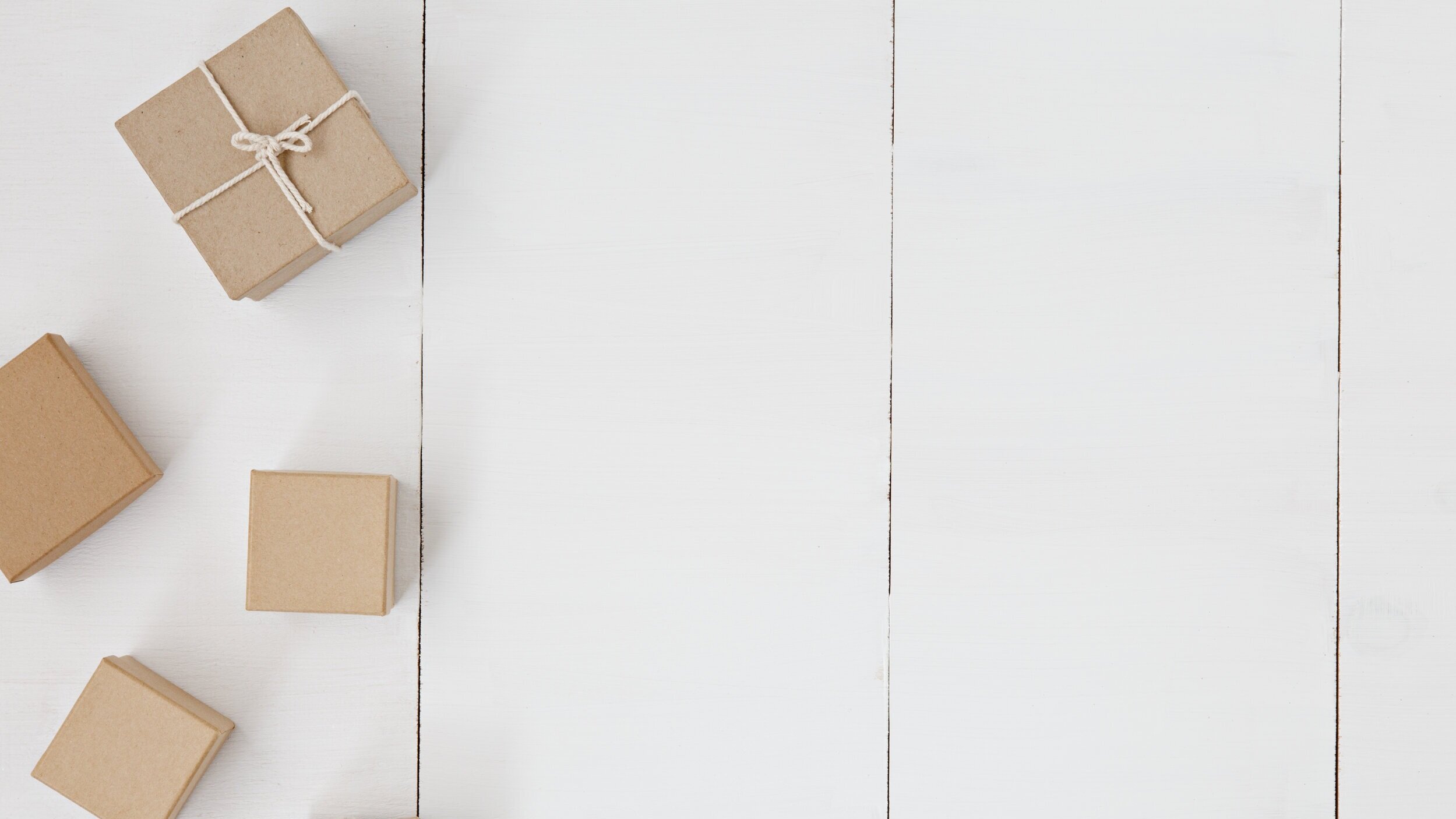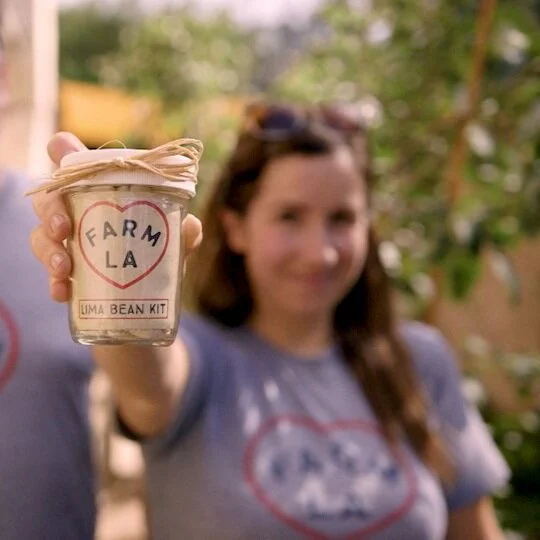Demystifying the KonMari Method
By SAHEJ AHUJA
With most of us back home, it is now more important than ever to make the best out of the situation by tidying up and giving gratitude to what “sparks joy” in our lives. One of the best ways to approach this is by using the KonMari method.
Japanese decluttering expert Marie Kondo outlines this original method in her two books: The Life-Changing Magic of Tidying Up and Spark Joy—both which became widely popular in Japan as well as America. The star-power of Marie Kondo herself and the devotion of her supporters begs the question: does her rise to fame find its basis in the brilliance of her methodology or is this just another passing trend? To answer this question, we look at the practicality of her methodology for college students and its applicability during this time of quarantine.
Image Source: KonMari Media, Inc.
Introducing the KonMari Method
Unique from other sorting methods, the KonMari method focuses on personal satisfaction and strives to create a connection between us and our living spaces. The KonMari Method makes a point to differentiate cleaning and tidying. According to the decluttering guru herself, cleaning is a “confrontation of nature” while tidying is a “confrontation of [one]self.” Her method primarily deals with tidying since she describes it as a special-one-time event where you decide what to keep and where to put it. Marie Kondo claims to have a zero-rebound rate for the clients that she works with. She goes on by asserting that tidying up is not just a necessary task, but one that can transform someone’s life and help them understand what “sparks joy” for them.
Learning the Basics
The first part of the KonMari method is discarding items in the order of “clothes, books, papers, komono (miscellaneous), and sentimental items.” To do this, Kondo encourages the tidier to grasp an item with both hands and see if it sparks joy or not. The idea here is to focus more on the items that you want to keep instead of the ones you choose to give away. Once the discarding process is finished, the next step is placing items of the same material together (eg. cloth, paper, and electronics). This is done so that the aura or energy of the objects flows in a sensible fashion. It is advised to store items vertically so that everything is clearly visible in a box or drawer. The four principles of storage are: fold it, stand it upright, store in one spot, and divide your storage space into square compartments. Ultimately, Kondo believes in trusting one’s intuition when it comes to tidying up.
Finding What Sparks Joy
The order of discarding is designed to help “hone your sensitivity” so that by the time you reach the sentimental items, you are an expert at finding out what sparks joy. That being said, even deciding what clothes to keep can be difficult. Marie Kondo encourages touching 3 items from the same category that you love the most. Holding these items should create a warm tingling sensation down your spine that you can use to compare to other items to see if they spark joy. Items that spark joy should incite a palpable tension. This feeling can also be applied when buying items as well. It is important to put the time and effort into choosing a product so that your home is adorned with things you love.
With items that can be considered essential, it is suggested to seriously contemplate discarding it. If that seems to be impossible, then the item can be considered necessary for practical use. If not, it’s probably a good idea to toss it. After all, no item will “come in handy” if you can never find it!
But what are you supposed to do with items that you are uncertain about? Marie Kondo requests her readers to keep items that they are not sure of with confidence. If you cannot part with something at the present moment, don’t hide it away in a bag or a corner, but openly appreciate it. When you decide that the object no longer sparks any joy, thank it, and then discard it.
Giving Meaning
One thing that is unique and vital to the KonMari Method is personifying the objects that you are tidying up. Marie Kondo gives gratitude to all of the objects she uses as well as the objects she discards. By attributing respect to one’s belongings, it is easier to take care of them and properly store them after each use.
Incorporating the Practice
College students are known for having tight living spaces and stressful demanding lives. When applying the KonMari method there are some obvious pros and cons. Folding and organizing by using this method will help clear a dorm/apartment as it is designed to pack things in the most ordered way possible. However, her method of folding will take up more space, so for students with a disproportionate amount of clothes and drawers this might not be the best option. Respecting items can also be considered a pro as treating objects with care will increase their lifespan and help you tidy up. Although it’s always hard to let things go, discarding can also clear space and allow the area to be filled only with objects that spark joy.
However, using this method involves a lot of time and thought. This would be fair if it cut down on time wasted finding needed tools. However, accessibility is not a major factor when using the KonMari Method. In fact, Marie Kondo herself states that easy access is not a necessity. This form of ideology can be an issue for college students who prefer to get out their supplies and clothes with little hassle.
In certain cases, compiling all things of the same category can also be difficult. For example, although I have a collection of makeup, only a small subsection of that is light everyday makeup. Therefore, it makes more sense for me to put the daily makeup in a separate location that I can easily access. This goes for other kinds of items as well—especially school materials. Notebooks and papers that correspond to the current quarter should be placed in an area that is easy to get to. Because there is limited storage space in a dorm, it makes more sense to place things by current need rather than category. In a house or a single apartment, the KonMari method of storage would be helpful because it simplifies the organization of a large space. But our dorms are small enough that we can’t hoard much anyway.
The Take-Away
Although this method has its benefits, I would suggest adapting it to fit one’s own lifestyle. For example, if you don’t have many clothes, it might be useful to fold using the KonMari method which will allow you to see all of your items when you open a drawer. If you cannot store clothes as she does without running out of room, then try using her system of ordering papers or komono (miscellaneous) instead. And if even that isn’t practical for your lifestyle then at least consider adopting her sense of respect and care for the items that she uses. It’s always healthy to be grateful for what you have. The bottom line is that her method is helpful, but the costs might outweigh the benefits for students lacking time and space. However, as many of us try to acclimate to a stay-inside-routine, this process of turning a house into a home may be just what we need.
References
Spark Joy. (2016).
The Life-Changing Magic of Tidying Up. (2014).








